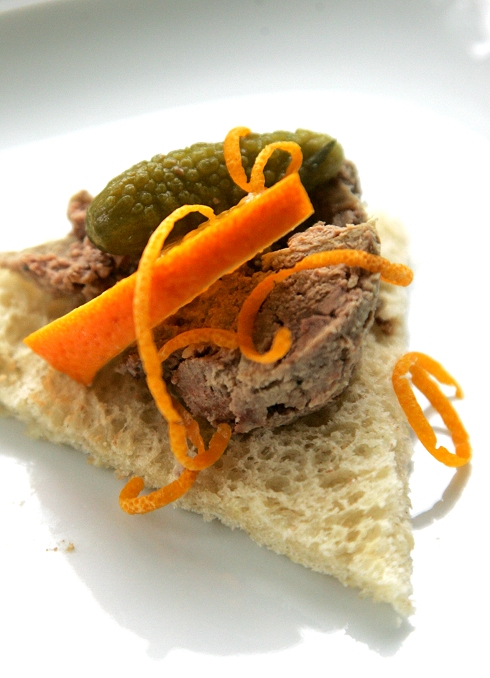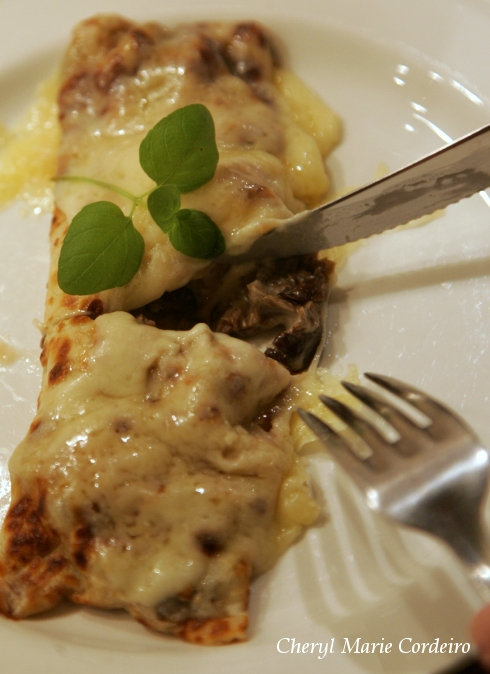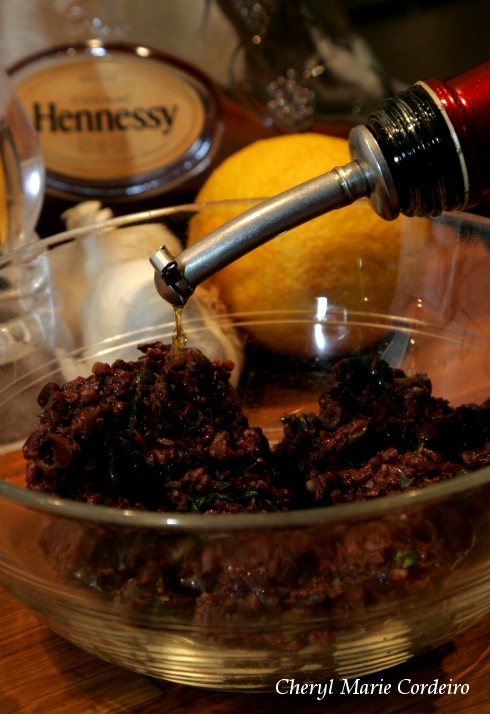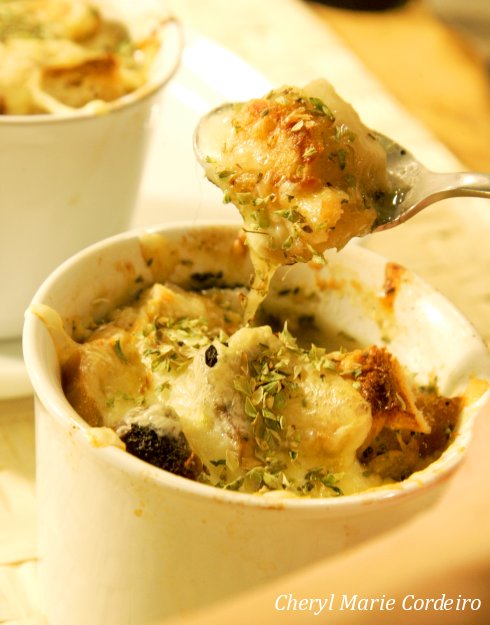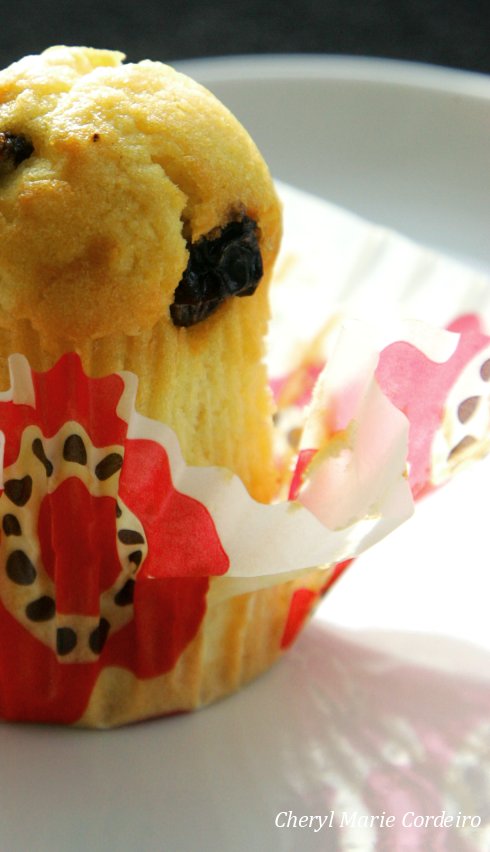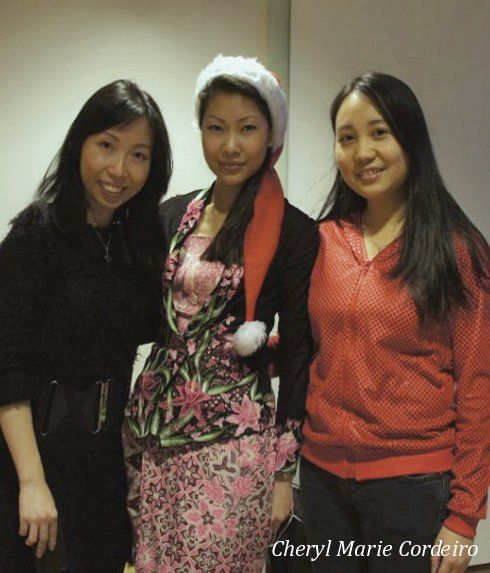
An office Julbord 2011, Sweden.
L-R: Sandra Lam-Carlsson, Cheryl Marie Cordeiro and Jenny Yu.
Text and Photo © PO Larsson, CM Cordeiro, JE Nilsson 2011
In line with the underlying ideals and innovative thoughts in the culinary field from this year’s Prins Bertil Seminar 2011 at the School of Business, Economics and Law at the University of Gothenburg, that raised the level of consciousness about food in general, from farm to restaurant table and how the best dishes can be had from simply using the freshest ingredients and not necessarily the most fancy and exclusive of raw produce, we thought we’d put a little bit of rustic into the jultide table traditions at work, in Sweden.
Continue reading “Jultide traditions in Sweden”
 With the quick glances of distraction observed from tourists and a slight quickening of their pace past the local lunch scene at Yuyuan in Shanghai, where the local people seemed perfectly at east sitting along the roadside with their bowl of rice in one hand and chopsticks in the other, eating whilst waiting for their next customer to walk into the shop, I understood with clearing clarity that for most of Northern Europe, dining was a much more formal affair around a set table.
With the quick glances of distraction observed from tourists and a slight quickening of their pace past the local lunch scene at Yuyuan in Shanghai, where the local people seemed perfectly at east sitting along the roadside with their bowl of rice in one hand and chopsticks in the other, eating whilst waiting for their next customer to walk into the shop, I understood with clearing clarity that for most of Northern Europe, dining was a much more formal affair around a set table. 


